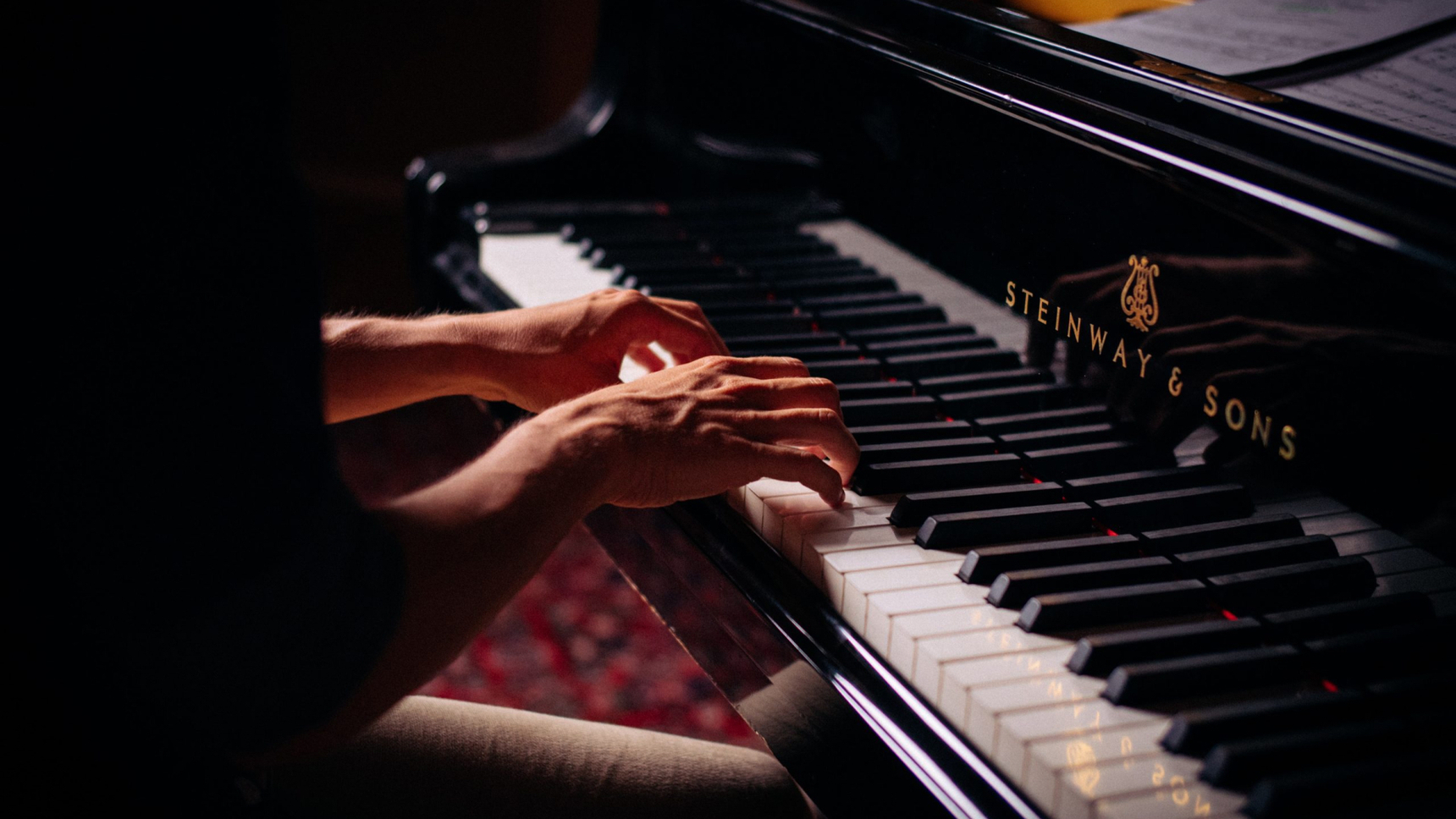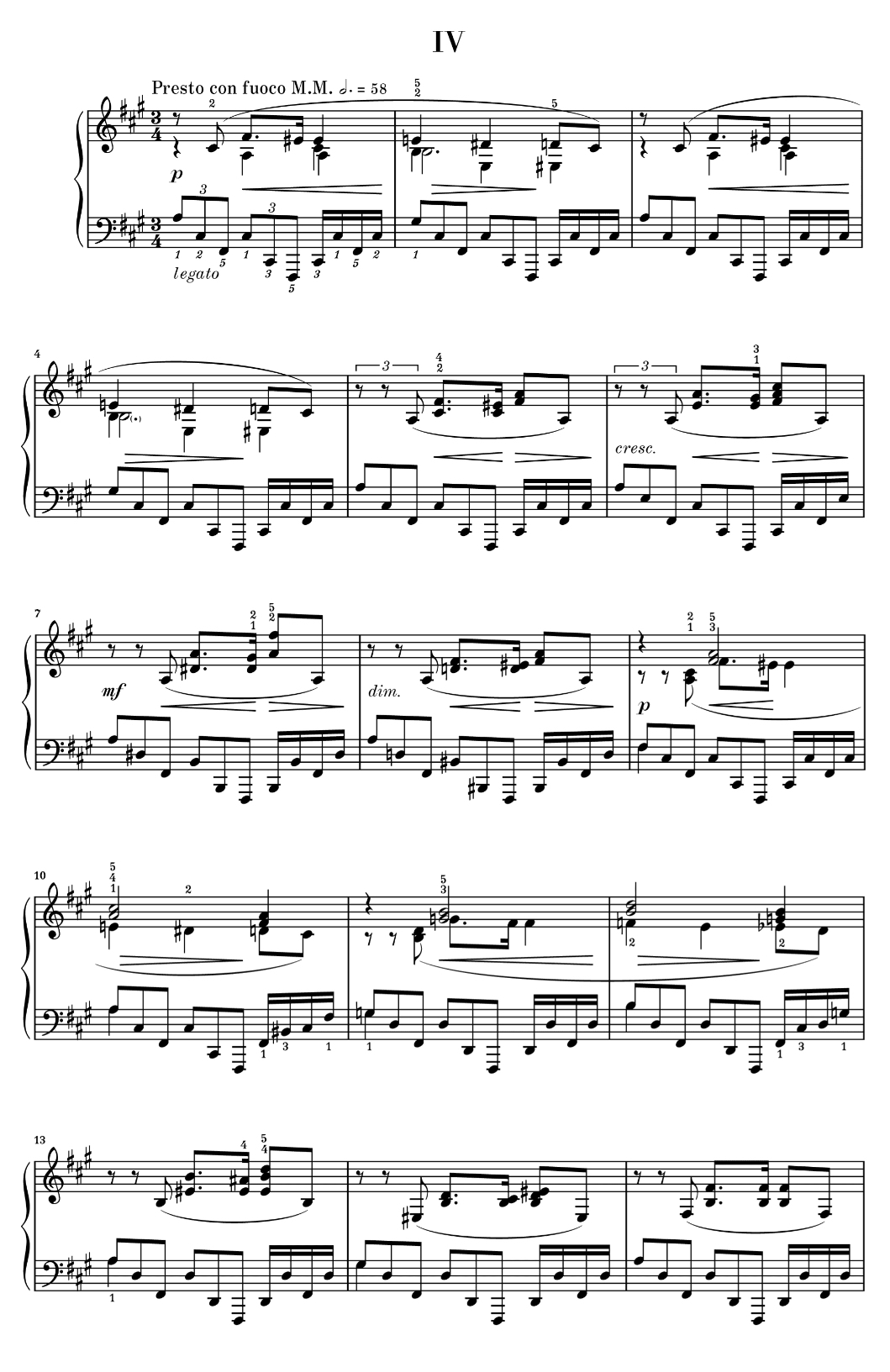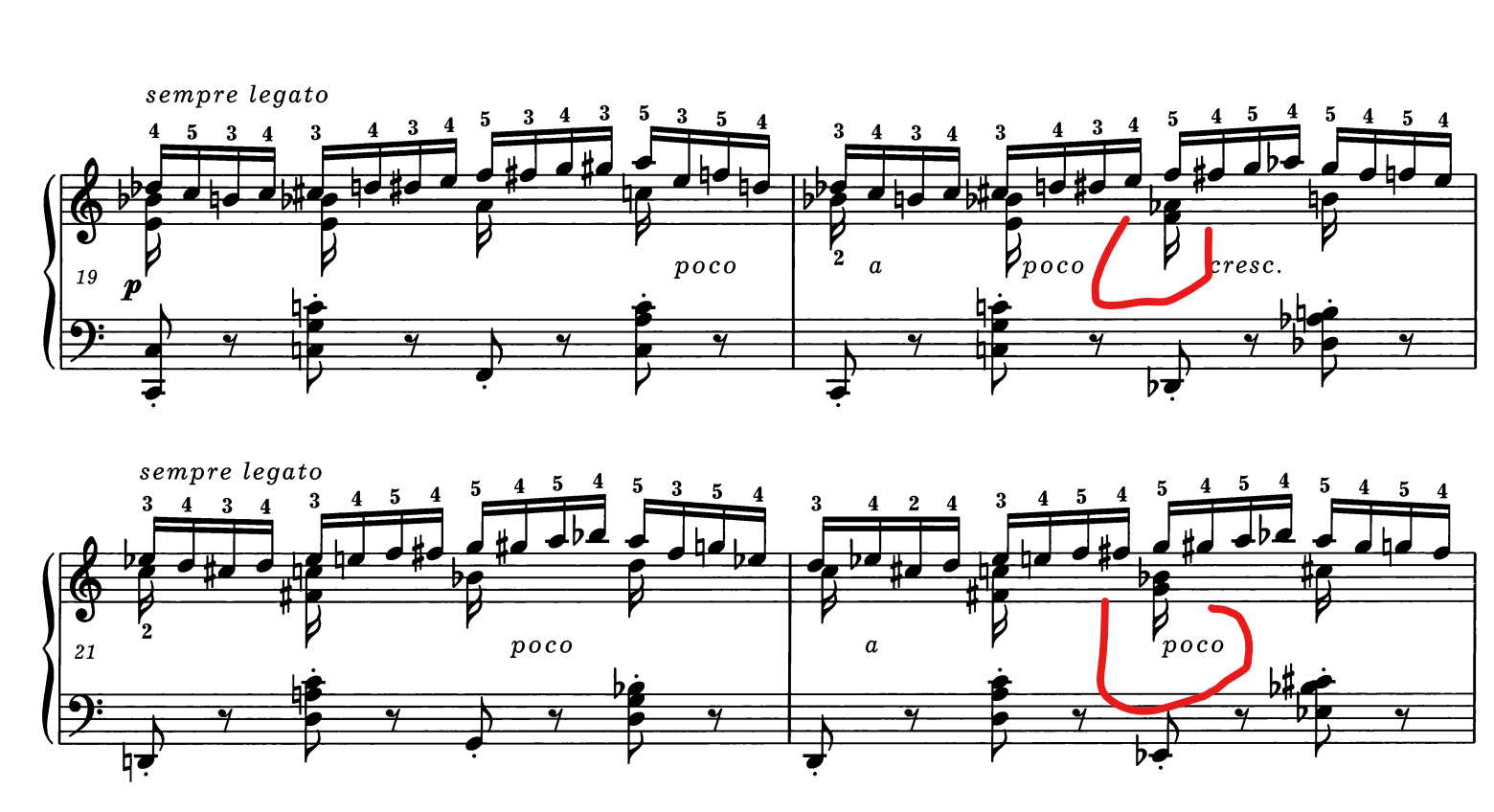Mastering Tricky Passages - Ask your Questions!

Welcome everyone - Dominic is back to help you! Do you have questions about your playing, fingering, challenging passages, or musical hurdles you’re trying to overcome? Whether it’s a simple query or a complex issue, every question matters, and every solution makes a difference! Join us live today for real-time advice and solutions from Dominic Cheli—your guide to mastering music, one finger at a time!
Leave any and all questions below!
16 replies
-
Dear Dominic, thank you for this opportunity; I have two questions:
1. I still can't understand and use the weight of my arm correctly. I know very well that to avoid tension, I have to play with a very relaxed arm and wrist. This gives my fingers a lot of support, allowing them to sink well into the keys, especially in legato and phrasing. However, it slows me down and makes staccato difficult. If I remove the weight, however, I'm faster, but I feel like I'm losing my phrasing and control of the tension, which I'm starting to feel in some cases.
2. Even thirds are still a mystery😅... If I play them with relaxed fingers and arm, they're very soft and legato with a nice legato feel, but if I remove the weight and curl my fingers, my hand starts to feel more tense, and the legato is stiffer...less fluid.
I understand that these may seem obvious, but I struggle with them every day😔...
-
Hi Dominic,
a question regarding Chopin's f# minor Polonaise op.44:
do you have any ingenious fingering for the infamous runs at mm 250 & 258 and any helpful advice how to practice them?
-
Dear Dominic
Thank you for this opportunity. I have a question regarding the trills in Chopin Barcarolle op. 60, mm 19-21 (19: long trill in the right hand; 20-21: trill in the upper voice of the right hand with a melody line in the lower voice of the right hand) my question is how to practice these passages Thanks a lot :-)
-
Hey Dominic - hope things are good! Thinking about the right hand in the opening measures of Beethoven's Sonata in C, Op. 2 #3. The succession of thirds is musically straightforward but, for me, maddeningly difficult to execute well. I've tried the two logical fingerings (won't burden this post with the details), and neither finally delivers...maybe, in the end, a how-to-practice issue. Thoughts? (First heard this sonata in the hands of Ashkenazy at Carnegie many many years ago. He of course blasted through it like it was nothing.)
Meanwhile, when are you coming to NYC for another workshop? You are my favorite problem solver! Jim Gillson
-
Hi Dominic,
I'm working on Debussy's Children Corner - The Snow is Dancing.
I hope you can help me with Bar 39 LH. For me:
- using 54: hard to control the lightness and don't think I can do at faster tempo
- using 53: play the roll chord then let go of D flat but holding the rest, is not comfortable due to awkward gap between 2 and 3 fingers ... I can somewhat manage it if I let go of F flat ... transition 3rd finger from D flat to C is still awkward.
- Any tips on how to practice it? my pinky doesn't feel like it wants to move 😅
- Also general tips on keeping the alternate staccato configuration light and airy 🙏
Many thanks in advance!
-
Hello Dominic,
my question is the articulation from Sonata op 14 no 2 second movement by Beethoven.
the tempo is Andante but I have 2 different marks on the first theme. One publisher put on staccato , the other publisher put on wedged.
which one would you prefer .thank you very much for you help
-
Dominic,
I am struggling with how to play Stücke II: Sehr rasch from Bunte Blätter Op. 99.
Especially bars 3-10, 13-15 and 19-24. How do you play three against eight in the right hand and then add in the left hand keeping all the important notes rhythmically accurate? Also can you confirm, for instance, in bar three if you basically don't play the f# and g from the group of 32nd notes since you play these as part of the triplet but technically before or after you'd play the 32nd note?
Given the statement of bars 1 & 2, the triplets must be played evenly in my mind (and piano). In bars 1 & 2, with two hands and one brain, I can manage. Bars 3-10, for instance, it feels like I need three hands and 3 brains to manage this.
My attempt at this is to crush the B to F-sharp (accented) upward and crush the G (accented) to B downward trying to keep the triplet even and emphasized. Not sure if I can always feel where to exactly put the E unison? It may not always land perfectly on the beat? Also, I love the details of the 32nd notes and don't want them to be lost in the background or be blurred too much.
Schumann is either a genius or crazy? Initially I didn't get this piece but once I started working on it, I fell in love and can't stop thinking about it.
What is your advice in learning this with the aim of following the score as technically correct as possible while also delivering a musical result?
Thanks for your help with this.
Doug
-
This is a passage from First Step (Han Zimmer). My nemesis is playing fast and playing octave spreads; my pinky is weak and stiff and locks up. This piece is supposed to played at 96 to a quarter.
I could use some tips on how to get the sextuplets up to speed and even about how they should feel/sound. I also am struggling with figuring out the fingering in the last 2 measures shown. Thanks in advance.
-
I have 2 questions for chopin nocturne op 48 no 1.
1. How would you advice someone to practice the middle octave sections leading to the doppio movimento. I want to use the metronome to increase my tempo but the passage feels impossible to play with a metronome. Any tips on how to pace the tempo? How do i bridge the gap from slow practice to actual tempo? Any Rubato and fingering tips?
2. How exactly to practice the doppio movimento part as well? The left hand has very awkward intervals. Any tips on practice strategies? I feel insecure all the time when playing that section. Also, how would you use a metronome to practice passages that has frequent changes in tempo such as this piece?
If time allows, would you mind going through debussy’s image 1 , reflets dan leau.
1) Anytips on how to practice the arpeggios RH runs in the 2nd page. I always seem to have ghost notes.
2) practice strategies with metronome? Any general tips on how to count for this piece. Especially from animez section till end of the piece. There are too much changes in the tempo and im not sure how to count anymore.
-
Hi Dominic! I struggle with this bar from Chopin op 25/7. can you tell me please, how you manage it? Thanks.
-
Not sure if I can extricate myself from work in the middle of the day to attend this session live, but just in case I can: I am currently learning Scriabin’s Sonata No. 3 Op. 23. I’m just about to start tackling the last movement with its wide arpeggiated figures in the left hand. My hand is pretty big, so reaching the notes isn’t necessarily a problem - but how do I play them accurately, securely, in tempo, and without tensing up and tiring out before the movement is over?

-
Dear Dominic, I aspire to play like you and I am so grateful that you are here to answer questions.
Chopin Etude Op. 10, No. 2, MM. 20 and MM. 22; the R.H. 3rd beat has a wide octave-chord to play on top of figuration in the right hand. My hand has to stretch to get that awkward chord and it is very hard for me to maintain smooth legato (even play the correct note) in the upper line under fast tempo. Do you have any suggestion? This would be a lifesaver!
Liszt transcendental etude No. 12, M. 5; how to manage the jump in the right hand? The right hand has to play this big leap then rapid 32-note. Any tip be appreciated!
Any Practice tips for the octave section in Eroica Etude of Liszt would be hugely appreciated as well. When I play more legato and precise, it is easy to get note right but it is not enough brilliant. When I try to play a bit more brilliantly, it is easy to tire my hand out and lose accuracy.
Thank you so much! Your suggestions would be hugely appreciated.


